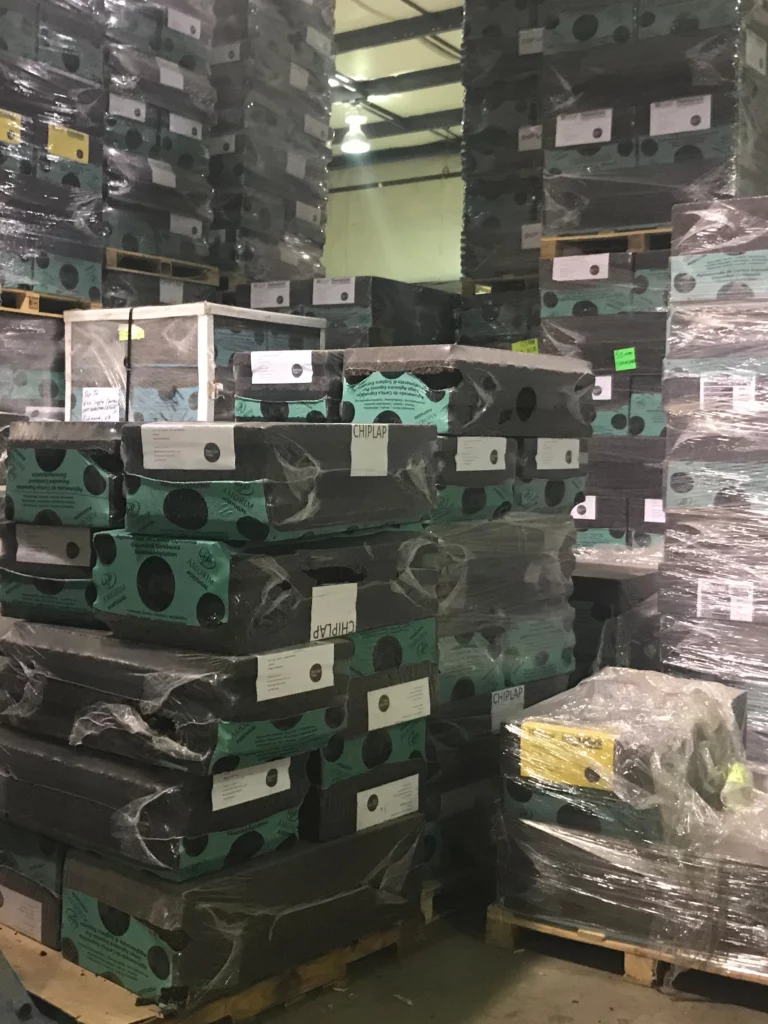Cork
Thermacork
Richmond, VA

Mainly known as a material used for bottle stops and pinboards, cork had been incorporated into buildings—even Fallingwater, the Capitol, the White House—extensively until the mid 20th century. While not remembered as such, cork was a crucial component of a WWII soldier’s equipment, featuring prominently in helmets (for its ability to cushion) and lifejackets (for its ability to float). Before the war, thousands of people worked at cork factories in the areas around Baltimore and Philadelphia (a massive converted Armstrong Cork Factory in Lancaster PA still operates today as the Cork Factory Hotel) that processed raw material sent from plantations bordering the Mediterranean. Recognizing vulnerability, Axis forces torpedoed America’s cork shipments and forced the American military-industrial complex to popularize foam. With myriad applications in construction, foam has had a big impact on the built environment—its manufacturing has likewise had a big impact on our atmosphere and global warming. Foam works well, but not well enough to justify its environmental harm. Foam won’t be replaced by one natural material because it was invented to replace multiple natural materials, but cork can fill many of those roles, and be composted afterward. In the Mid Atlantic region, where continuous exterior insulation is not only smart but in some cases required by code, cork is a perfect replacement to foam insulation, and its ability to function as cladding is the cherry on top. More houses should be cork houses.